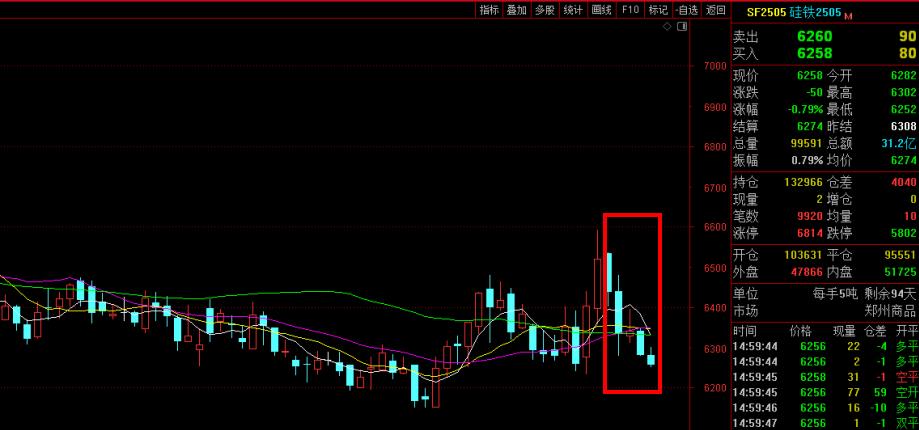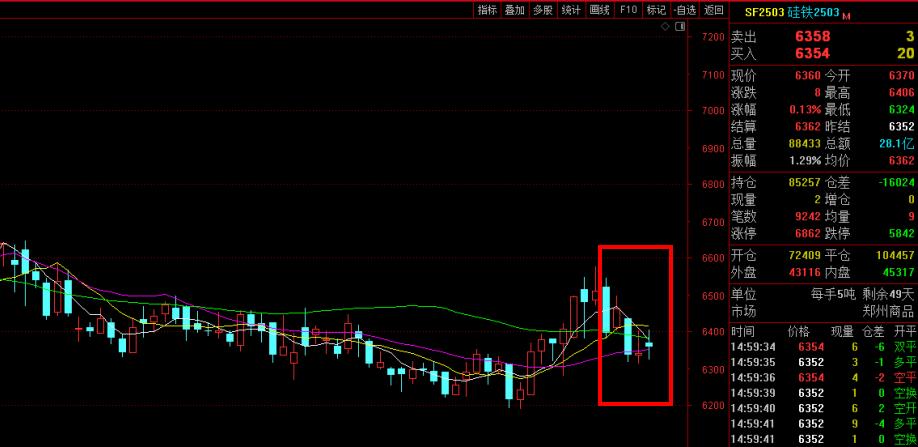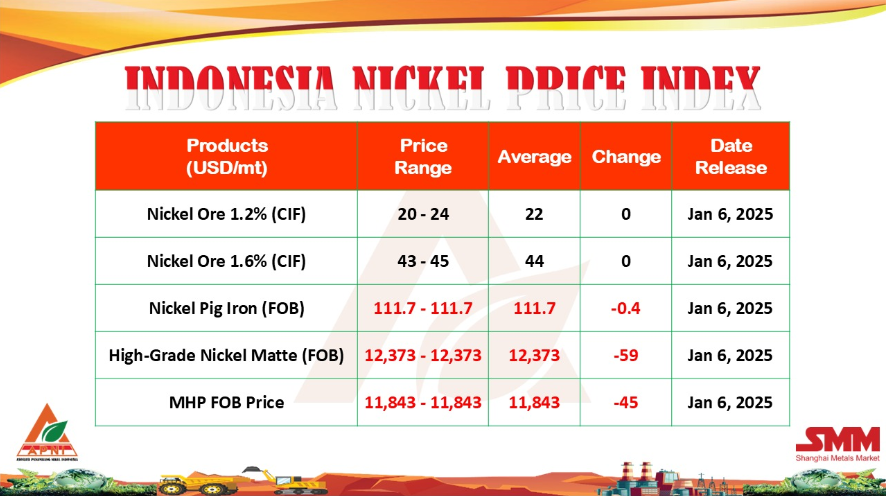[ferro-alloys.com]The refined copper market is on course to register a supply-demand shortfall this year, according to the International Copper Study Group (ICSG).
The forecast deficit is a small one – just 52,000 tonnes in a 24-million tonne global market – but it’s a dramatic change from the group’s forecast this time last year, when it expected a chunky 280,000-tonne surplus.
And that was before covid-19, which has since devastated demand with the ICSG estimating slumps of 8% in the European Union, 6% in the United States and “significant reductions in India, Japan and other ASEAN countries”.
So how come the market is still running short of metal?
The first part of the answer is that global copper production has also been upended by the fatal coronavirus.
The second is that China is on a massive buying spree, imports running at unprecedented levels.
That’s a positive for the copper price, which has this week surged to a fresh year-to-date high of $6,985 per tonne on the London market.
But the impact on any market balance calculation comes with a sting in its tail.
Lockdown losses
Global copper mine production will fall by 1.5% this year, the ICSG forecasts. It will be the second consecutive year of lower output after a 0.2% decline in 2019.
At its last meeting in October 2019, the ICSG anticipated a 2% increase in mined copper production this year but has slashed that forecast by 700,000 tonnes to reflect lockdown losses in key producer countries such as Peru.
The group has also cut 850,000 tonnes of refined metal from its last forecast. Global production will still grow this year, but only by 1.6% compared with a previous call of 4.0%.
Global secondary production, which uses scrap as a feed, will be particularly hard hit, sliding 5.5% this year as scrap collection, processing and logistics networks collapse under national lockdowns.
Much of this recycling capacity is located in China, where confusion over import rules has compounded logistical challenges.
“China’s contribution to world (output) growth will be at a lower rate than initially expected,” the ICSG said.
China’s record imports
China’s smelters are struggling to catch up with an extraordinary rebound in manufacturing activity, fuelled by government stimulus flowing down the metals-intensive channels of construction and infrastructure.
Supply-chain stresses and an open arbitrage window have occasioned an unprecedented import surge.
China imported 3.55 million tonnes of refined copper in the first nine months of this year. That’s already more than last year’s tally and amounts to an extra million tonnes of metal.
It’s worth considering what the copper price would look like if that amount of surplus metal hadn’t gone to China but had instead been dumped into London Metal Exchange and CME warehouses.
Chinese stocks build
Those stellar imports, however, distort the statistical picture. The ICSG uses them, together with domestic production and changes in stocks held by the Shanghai Futures Exchange, to calculate “apparent” usage. The mathematics assume that imports are being used to make copper products.
This year’s import surge has caused China’s “apparent” copper usage to jump to the point that it almost totally offsets the slump everywhere else. Hence the ICSG’s assessment that global demand will be stable this year relative to last.
However, no-one believes that China’s real consumption has risen by the 16% implied from the import figures.
JP Morgan, for example, is expecting a 0.5% increase in real copper usage, still extraordinary given the scale of the lockdown hit at the start of the year, but nowhere near any “apparent” consumption estimate.
The bank’s executive director Natasha Kaneva told this week’s virtual LME seminar that the numbers are “strongly hinting that some invisible stocks have been accumulated”, maybe as much as 900,000 tonnes.
It seems clear that, just as was the case during the 2009-2010 financial crisis, Chinese buyers have pounced on low prices to build physical inventory, no doubt with one eye on the next Five Year Plan with its promise of lots of copper-intensive green infrastructure.
There has also been, as Kaneva pointed out, “a lot of talk about the State Reserves Bureau” (SRB) buying copper.
Shanghai Metal Markets’ Ian Roper, however, cautioned against over-reading the state stockpile manager’s recent activities. At a “pre-LME Week” seminar hosted by Marex Spectron, he described the rumoured purchase of 300,000 tonnes as a “one-off trade disruption hedge”.
The SRB remains a known unknown in the copper market.
But the key take-away from all the speculation is that everyone agrees there is an ongoing mass transfer of excess stock to statistically hidden inventories in mainland China.
Sting in the tail
The ICSG’s calculations of a balanced market may not be a true mirror on the state of actual usage in China, but they capture a market reality that the world’s surplus is being shipped there every month.
It is highly unlikely to come back out again other than in the form of a finished product such as air conditioners.
However, as imports slow from these supercharged levels, the effect will be to reduce China’s “apparent” consumption calculations to the point that the ICSG is forecasting a 2% decline next year.
That won’t be a true reflection of actual usage in the world’s largest copper user either, but it may be how the market reality will feel once the Chinese buying spree is over.
The good news is that the ICSG is expecting usage in the rest of the world to grow by 5% next year as broad-based economic recovery takes hold.
Even factoring in a simultaneous rebound in both mined and refined production, the market is expected to register only a modest 69,000-tonne surplus in 2021.
Everything, of course, depends on covid-19. The current level of uncertainty clouds any forecast of what might or might not happen in 2021.
But the ICSG’s numbers are a good basis for understanding what’s happening to copper right now.
(Mining.com)
- [Editor:王可]



 Save
Save Print
Print Daily News
Daily News Research
Research Magazine
Magazine Company Database
Company Database Customized Database
Customized Database Conferences
Conferences Advertisement
Advertisement Trade
Trade














 Online inquiry
Online inquiry Contact
Contact

Tell Us What You Think